Die Doktorandin Ljubica Miočević von der Universität Stockholm würde gerne zwei Almanache des schwedischen Schriftstellers Clas Livijn (1781-1844) lesen. Doch diese enthalten viele verschlüsselte Passagen. Wer kann die Verschlüsselung knacken?
Wen spricht man an, wenn man auf einen verschlüsselten Text gestoßen ist, den man nicht dechiffrieren kann? Die Literatur-Wissenschaflterlin Ljubica Miočević von der Universität Stockholm befand sich in einer solchen Situation und kontaktierte das Center for Cryptologic History der NSA. Dort hat man allerdings nicht die Kapazitäten für solche Dechiffrier-Arbeiten. Dafür kennen die NSA-Historiker inzwischen Klausis Krypto Kolumne und leiten derartige Fragen daher oft an mich weiter. Auf diese Weise erhielt ich auch die Anfrage von Ljubica Miočević, die ich hiermit gerne an meine Leser weitergebe.
Ljubica Miočević ist PhD-Kandidatin (also Doktorandin) und beschäftigt sich mit der schwedischen Literatur des 19. Jahrhunderts. Insbesondere interessiert sie sich für den romantischen Schriftsteller Clas Livijn (1781-1844). Livijn verfasste 1800 einen Almanach in verschlüsselter Form. Zwei Jahre später verschlüsselte er einige Seiten eines weiteren Almanachs. Schafft es jemand, die Verschlüsselung zu knacken? Ljubica Miočević würde sich zweifellos sehr über eine Dechiffrierung freuen.
Die Chancen für einen Codeknacker stehen meiner Meinung nach gut, denn vermutlich handelt es sich um eine einfache Buchstaben-Ersetzung. Livijn dürfte kaum den Nerv gehabt haben, um für diese große Textmenge ein kompliziertes Verfahren zu verwenden. Außerdem war die Verschlüsselungstechnik im Jahr 1800 noch nicht ganz so weit entwickelt.
Hier sind drei Seiten aus Livijns Almanach von 1800:
Der Almanach von 1803 enthält nur drei Seiten mit verschlüsselten Notizen:
Über Anregungen zur Dechiffrierung der Livijn-Kryptogramme würde ich mich sehr freuen. Vielleicht schafft es ja sogar jemand, den Code zu knacken.
Follow @KlausSchmeh
Zum Weiterlesen: Kryptogramm aus dem Jahr 1900: Die verschlüsselten Memoiren des Simeone Levi

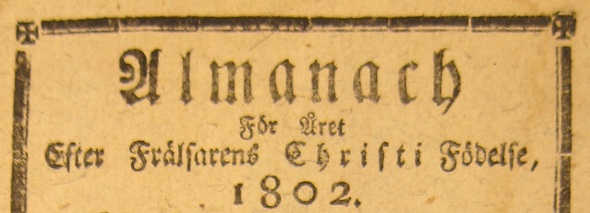
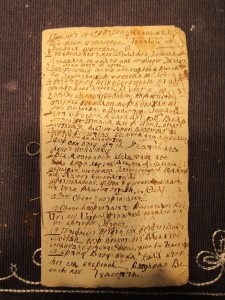
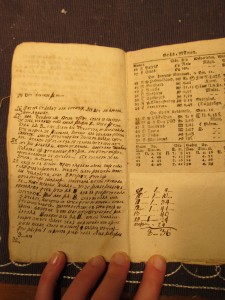
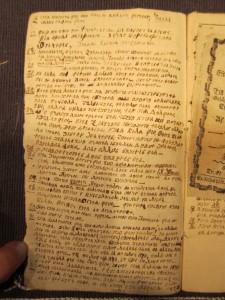
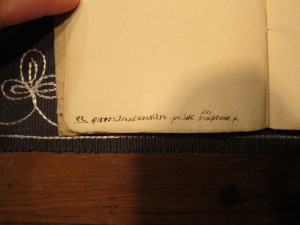
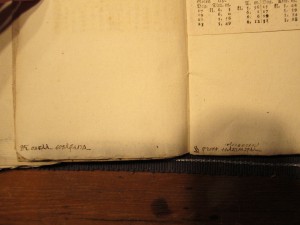
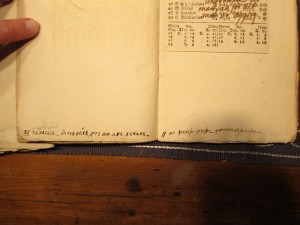

Kommentare (5)